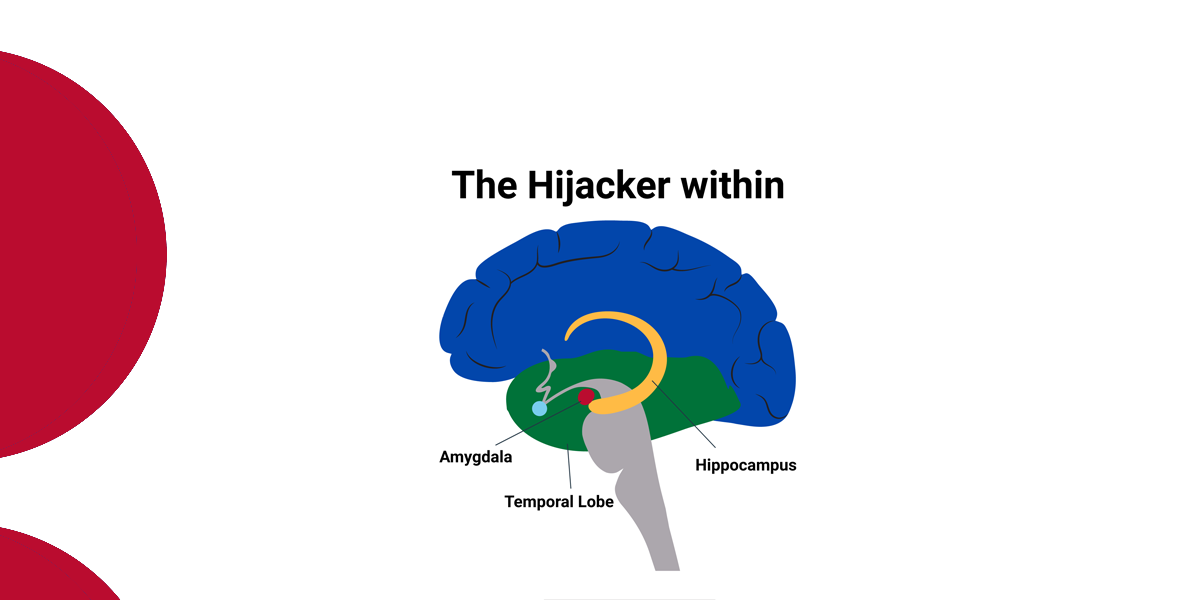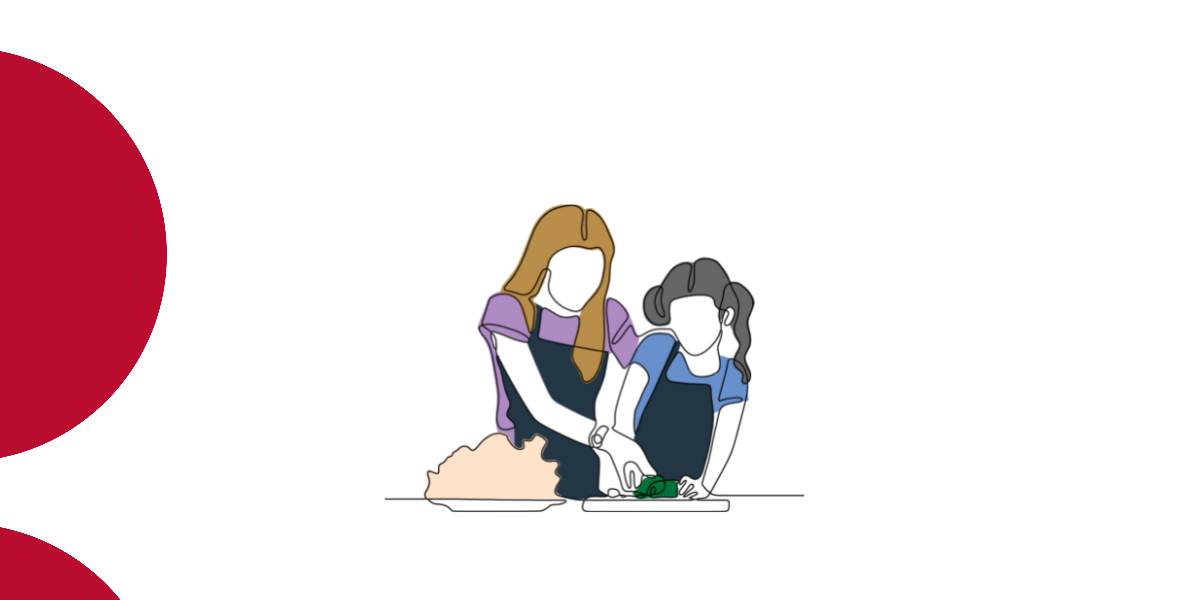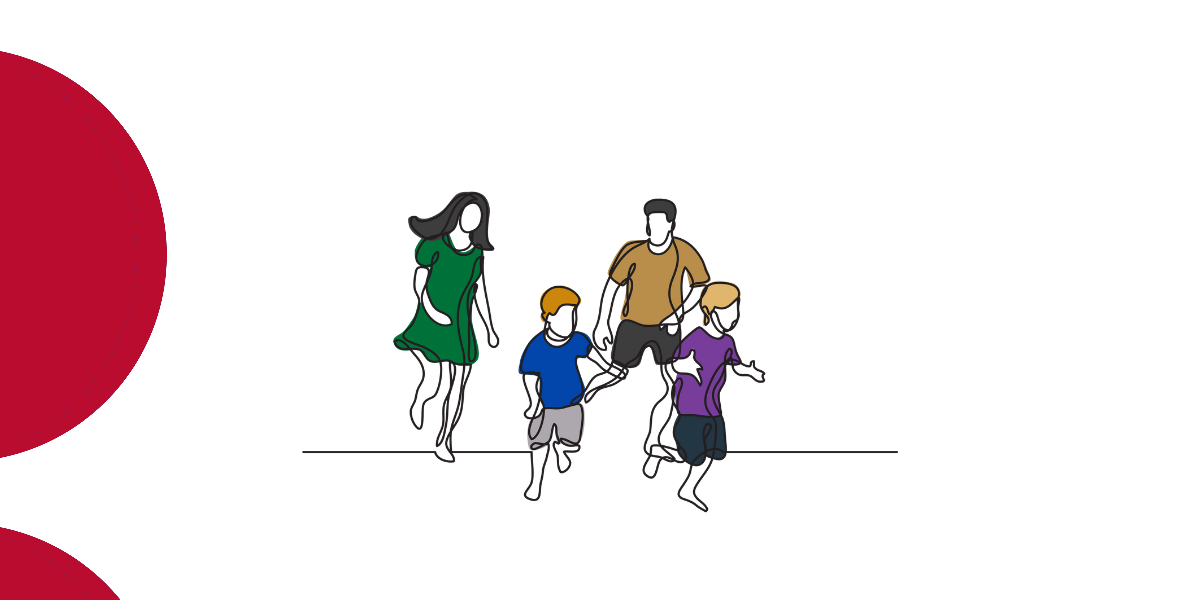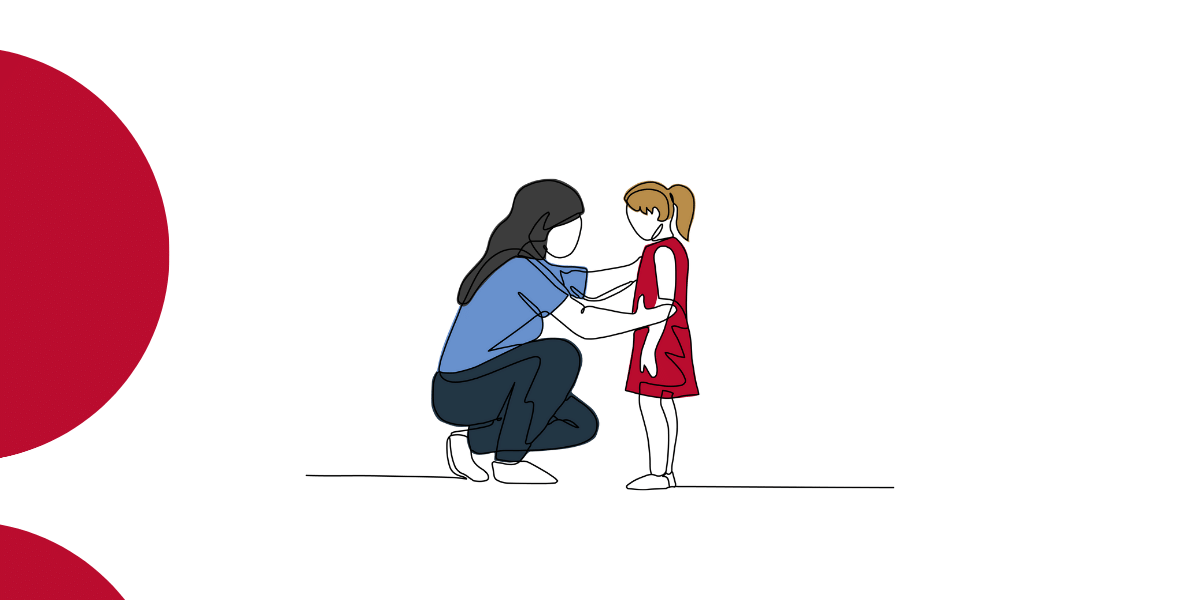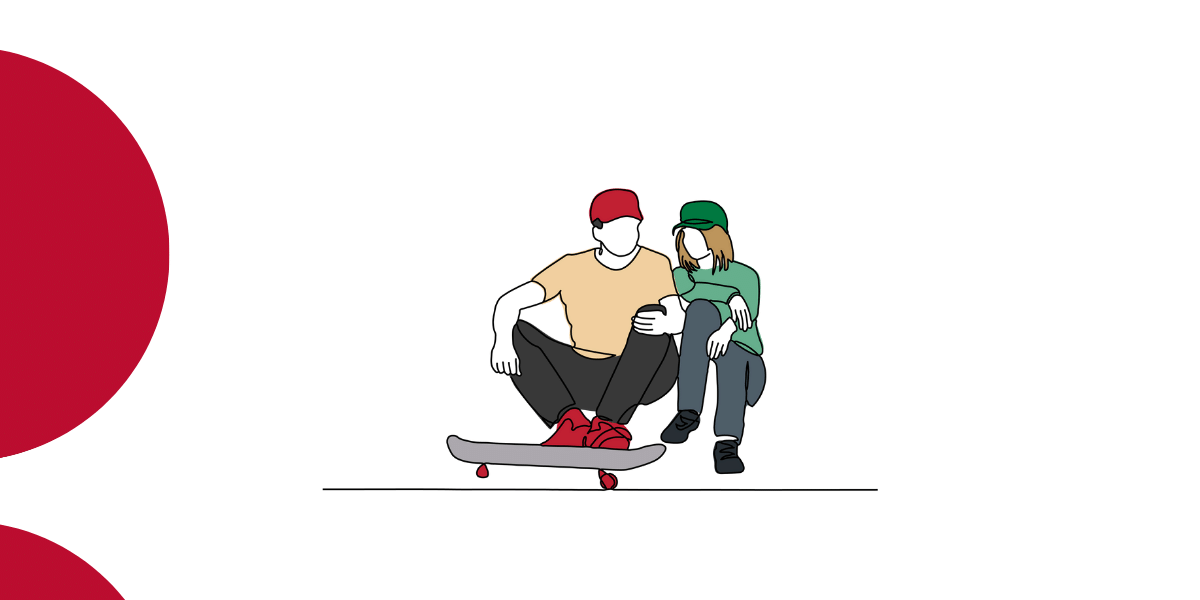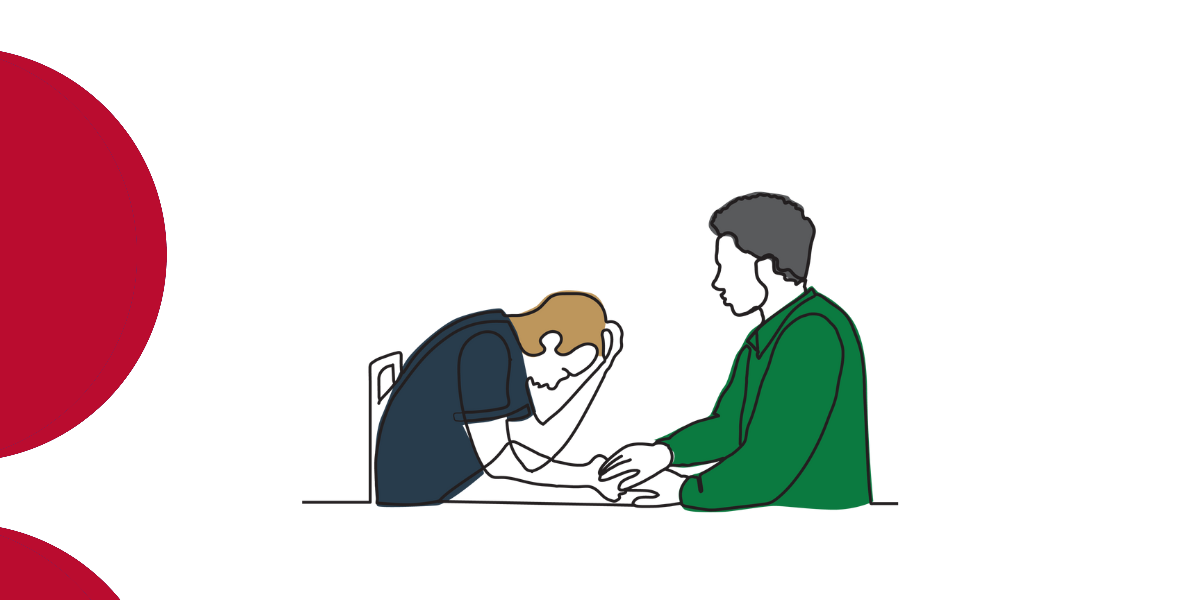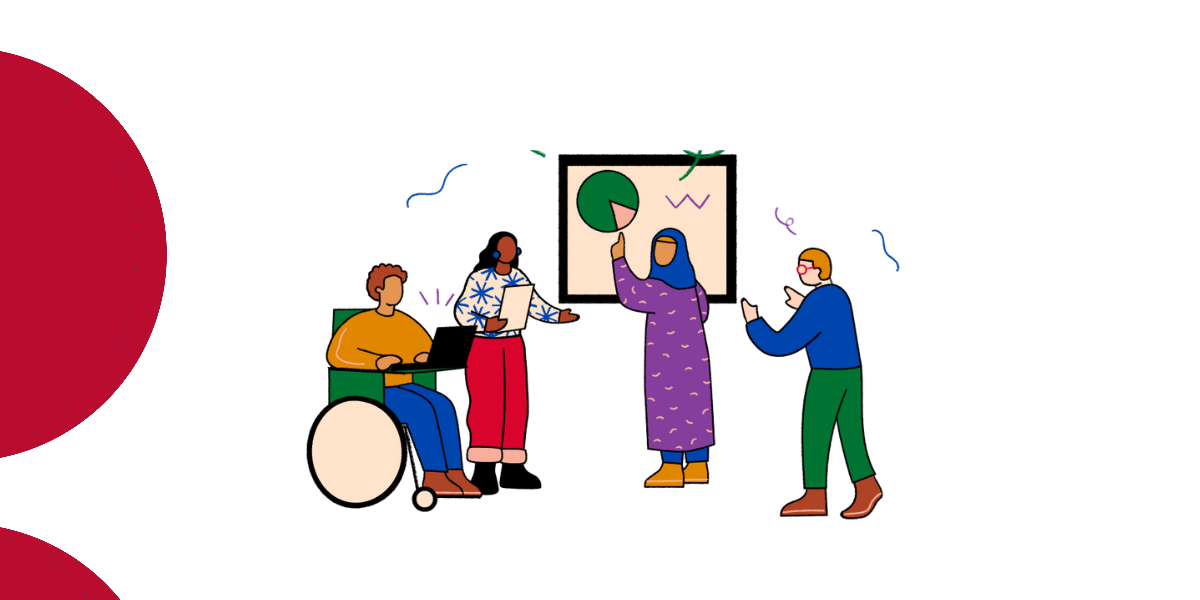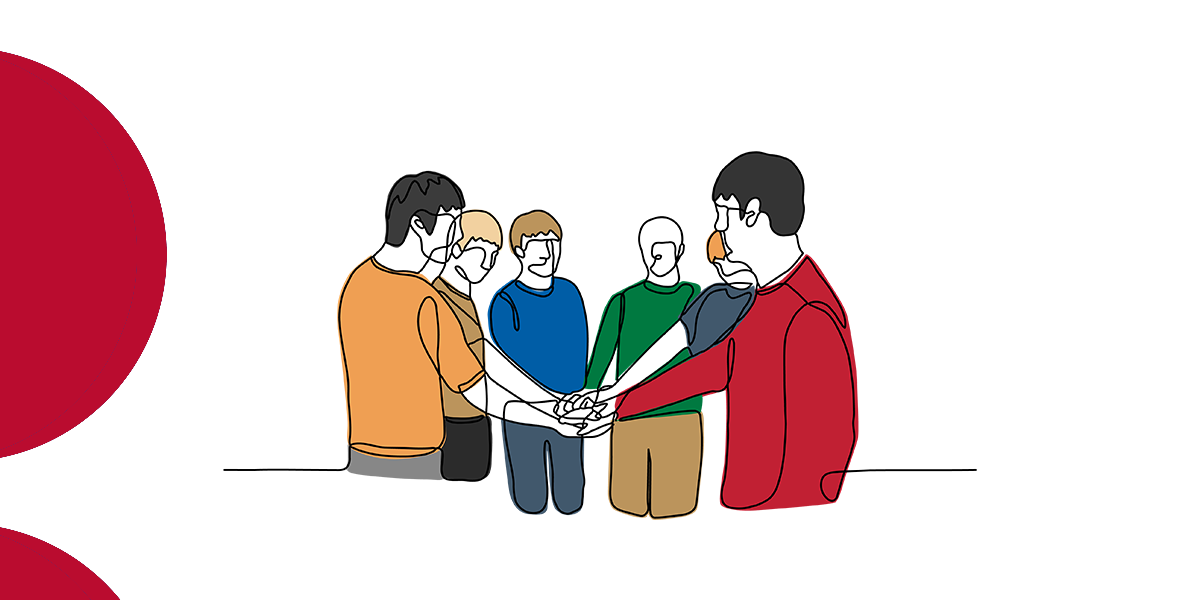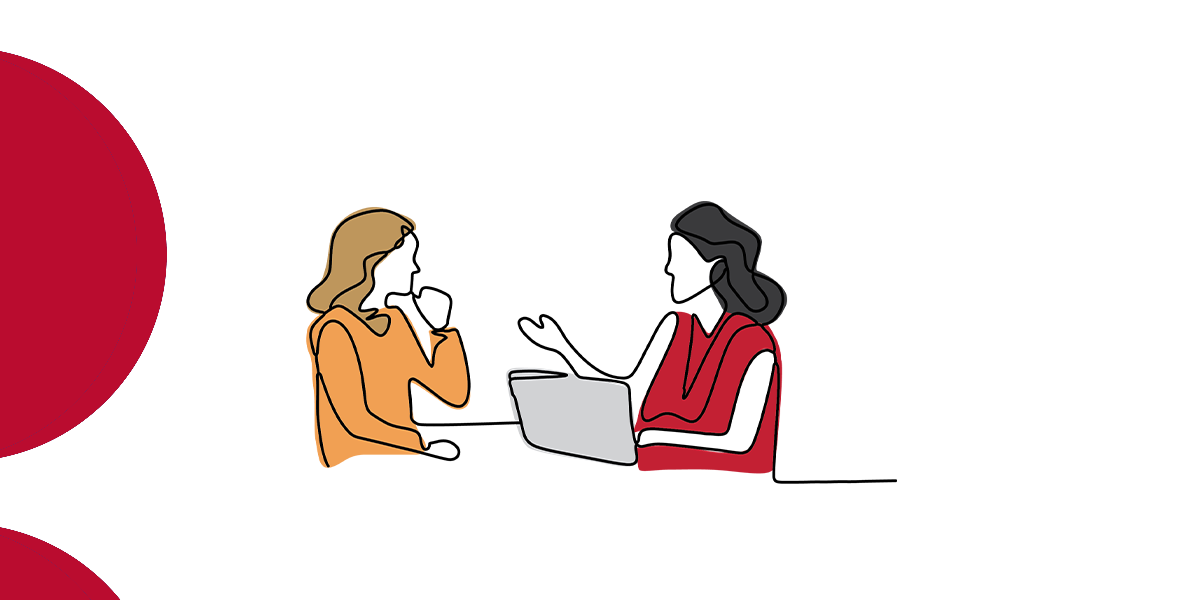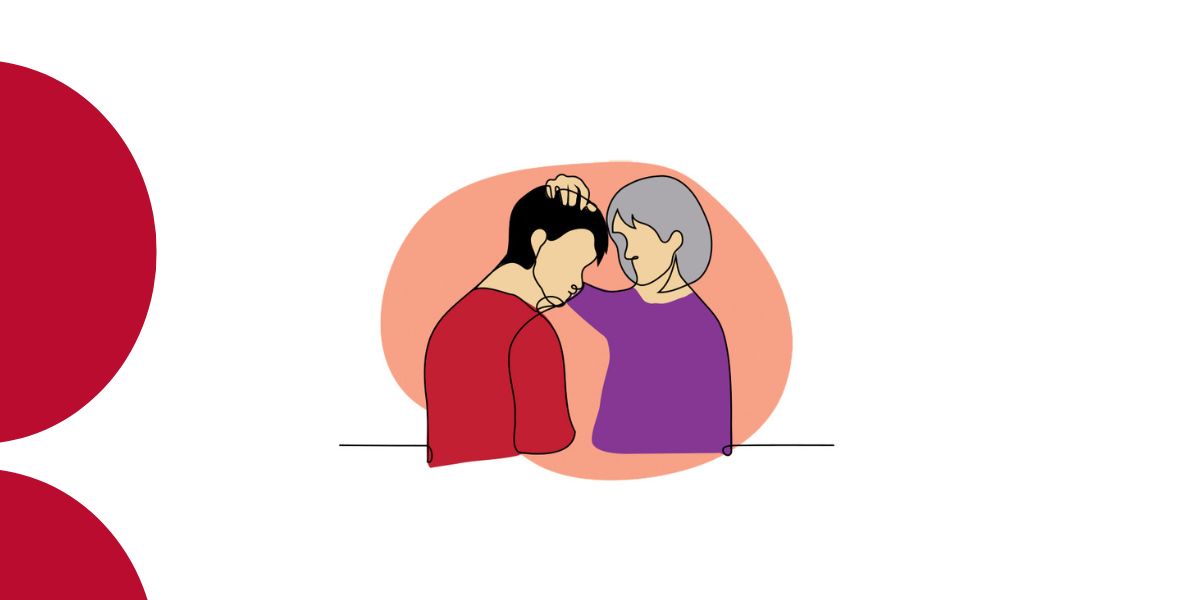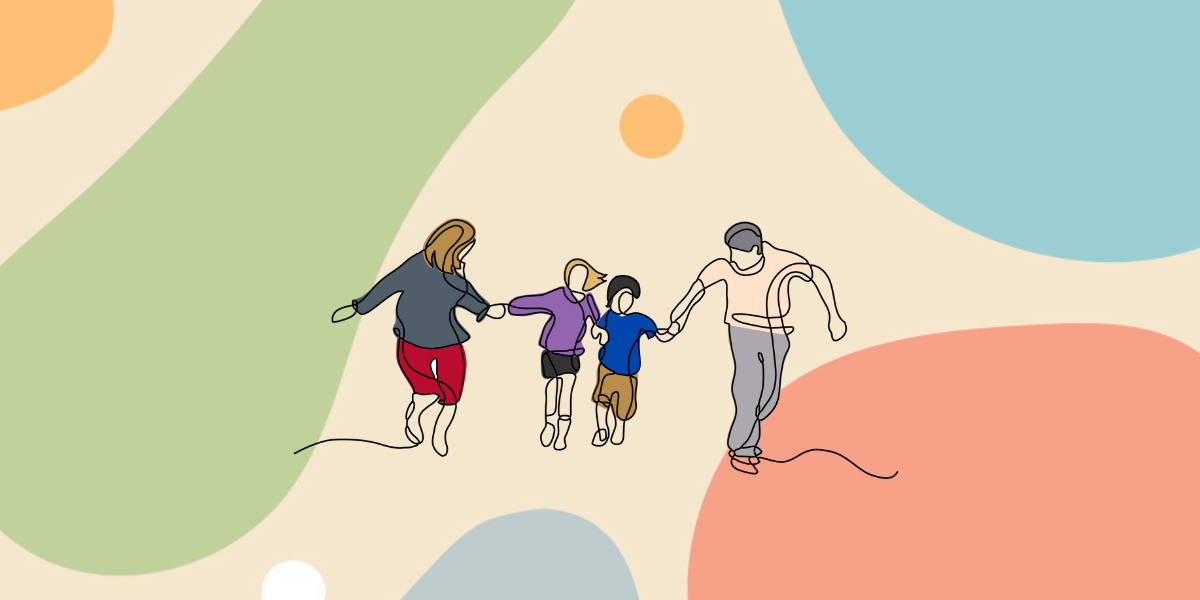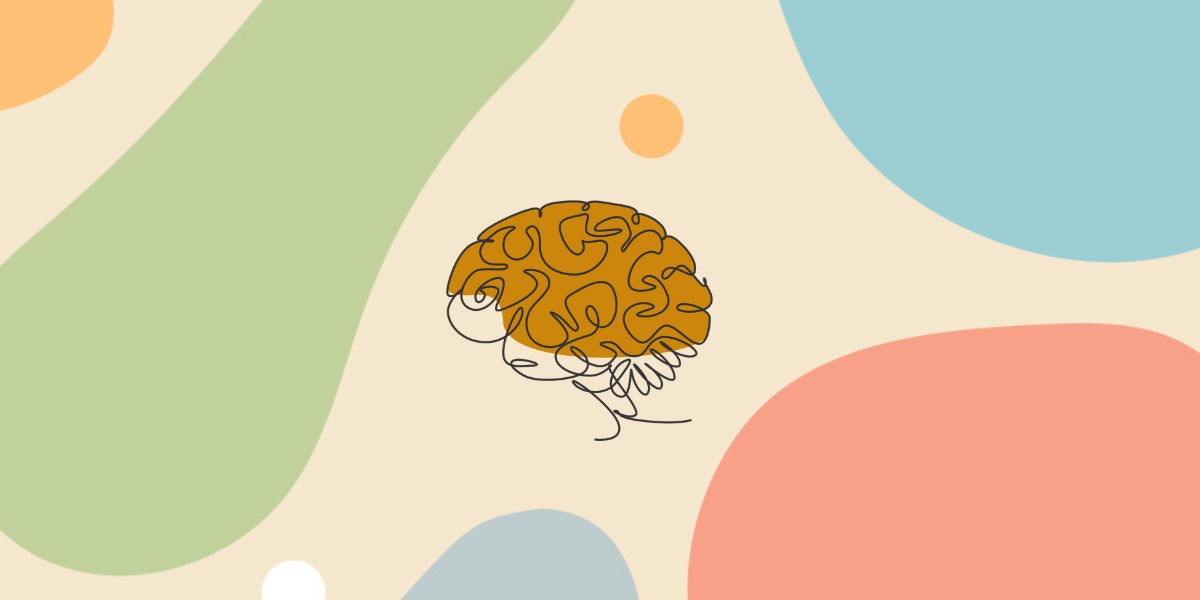Fight, flight, freeze, and fibbing: Lying as a trauma-based behaviour
Dec 2022
Written by Noel Macnamara
In almost every session I have run for foster and kinship carers, someone tells a story about a child or young person in their care who regularly lies. I can feel their frustration at the frequency and intensity of lying they get from their children. Other carers will usually join in with comments like, “these kids need to learn that they can’t lie their way out of trouble in life.”
Do you ever hear yourself saying these things?
- “Why did you lie about that? It wasn’t even important.”
- “You’ll be in less trouble if you tell the truth.”
- “Do you know the story of the boy who cried wolf?”
- What do you expect me to say when you lie so much? I don’t know when to believe you.”
All these little sayings may feel true, but they don’t seem to help, and they certainly don’t put an end to the lying. Punishing will also not get you the results you want from caring for a child who has had adverse experiences. It can, in fact, encourage more lying.
What if the child or young person’s lying is not evidence of a character flaw or disrespect? What if his/her lies are actually a self-preservation strategy rooted in trauma? This is the premise behind a theory that is giving caregivers a neurological lens through which to view lies.

As the human brain has evolved, it has developed a self-protective mechanism designed to ensure survival in times of extreme danger or stress. Faced with a threat, the brain must react in a split second; deciding how to best protect itself is an instantaneous reaction. This is widely referred to as the “fight, flight, or freeze” response.
There is a fourth “F” that manifests in times of real or perceived danger (remember that safety and danger is all about perception) for children and young people: “speak before thinking”, fibs. Fear of danger (perceived or real), causes the brain to have a stress reaction, which leads the child to protect themselves by telling the lie. So, can you understand why a child with a trauma history might be prone to lying? The child isn’t trying to be manipulative or defiant. The lying is a result of fear.
Let’s look into this issue a little deeper

The limbic region of the brain processes an immense variety of information from myriad sources. It senses the presence of danger, assesses threats, and activates defence. These limbic structures are ready to respond to threats.
By activating the sympathetic nervous system, which is in contact with the brainstem and cerebellum, a person is “chemically fuelled” by the provision of adrenaline being released into the body. This adrenaline, in turn, triggers the decision to fight (attack and defend), flight (to flee), or freeze (play dead). Meanwhile, the body is flooded with the stress hormone, cortisol.
Neuroscience research continues to evolve and encourages us to study the development of the neocortex (the outermost layer of the brain), which is an additional avenue for processing thoughts and a new line of self-defence achieved through language. With complex and advanced language (not available to our primitive ancestors), we can verbalise both factual and/or fictitious reasoning instantaneously at point of performance, most notably in times of stress and threat.
Remember that there is always a reason for behaviour. The ‘fibbing’ mechanism protects the child in a number of ways:
- Protection: Temporary protection from carer’s anger and the anticipated consequence.
- Extension: This may be caused by a desire to “buy some time” in the momentary absence of information, or information that is not acceptable to the person that is perceived as a threat. This provides the one who fibs with an extension of available processing or thinking time. The consequence of the fib is not planned for.
- Self-preservation: Preserving self-esteem and self-efficacy, avoiding the shame of “failure” that comes from resorting to trauma-related behaviours that ended in a negative consequence.
To boost self-esteem: Children may lie to peers to gain their respect and affection, or they may lie to carers because they need love and attention.
Often, a “fib” allows evading a present danger or threat, at least for the time being. The escape from fear, judgment, guilt, or shame provides a brief but powerful sense of reward or escape.

Tips on how to address lying
If you know the answer, don’t ask
Don’t create opportunities for your child to lie. If you know for a fact that she did something wrong, don’t ask her if she committed the misdeed. For example, instead of asking, “Did you hit that child?” when you already know the answer is “yes”, try, “I saw you hit that child. Can you tell me what happened?” Instead of asking, “Did you clean your room?” when you already know the answer is “no”, say, “I just saw your room and it’s untidy. Let’s clean it up together.”
Stop asking “Why”
“Why?” only leads to more lies. Infuriated you continue to pursue a rational answer, a lengthy argument results. During the conflict, the “why” is never answered, and the child may have lied numerous additional times. This generates a negative emotional climate.
Recognise that emotional distance feels safe
Anger inhibits attachment. Thus, the child or young person thinks, “If I don’t get too close, it won’t hurt so much when they dump me.” Lying almost guarantees an argument. So, lying is a sure-fire way to protect young people from another loss. A change in your emotional response to the child is essential. A calm response increases the level of carer-child attachment. And, connection, in turn, is the context in which all development occurs. Enhanced connection facilitates the developmental growth necessary for the child to pass from the lying stage to the honesty stage.
Remove the shame of lying
Don’t excuse lying but show the child or young person you understand how they came to do it. Lying comes from a place of shame and insecurity. As such, disapproval and sanctions for lying only exacerbate the reasons for lying and perpetuate the behaviour. You might say, “It sounds like you were struggling. Let’s figure out how you got to this place to begin with. Then let’s figure out how to get you back on track.”
Don’t take lying personally
Try to remember that the lie isn’t out of defiance or disrespect. Focus on what led to the lie, rather than the lie itself.
Be curious rather than judgmental
Use open-ended questioning to uncover the fear component of a situation. “Is there something you are worried about?”
Reward truth-telling
Flip the script, so that as much as possible, you are giving more attention to the behaviours that you want to see more of.
Build and maintain connection
It’s important to offer connection and support when you know a child is struggling with lying. Investing in the relationship really helps. Lying reflects the child or young person’s desire to make and maintain relational connection with others and be viewed in a positive light. Promoting safety while helping the child or young person address their lying will let them know they can come to you even when they have made a mistake. Remember, it’s not about you trusting them, it’s about them trusting YOU.
By helping to remove the opportunity for a child or young person to lie and not punishing them when they do, you are being curious rather than being judgemental. Staying close and building the relationship of safety, you can foster healthy discussions about why they feel the need to lie in the first place.
References
- Miyake, A., Friedman, N. P., Emerson, M. J., Witzki, A. H., Howerter, A., & Wager, T. D. (2000). The Unity and Diversity of Executive Functions and Their Contributions to Complex “Frontal Lobe” Tasks: A Latent Variable Analysis. Cognitive Psychology, 41(1), 49–100. https://doi.org/10.1006/cogp.1999.0734

![CETC [Lying as a trauma-based behaviour]-blog--feature-image](https://www.cetc.org.au/wp-content/uploads/2022/12/CETC-Lying-as-a-trauma-based-behaviour-blog-feature-image.png)























